Are You Starting Your Seeds Too Late? Learn the Ideal Times for Spring Planting Success
- April 24, 2024
- 0 comment
Discover if you’re starting your seeds too late. Learn the best times for spring planting to ensure garden success. Gardening success often hinges on timing, especially when it comes to starting your seeds. If you’re wondering whether you might be a little behind schedule, don’t worry!
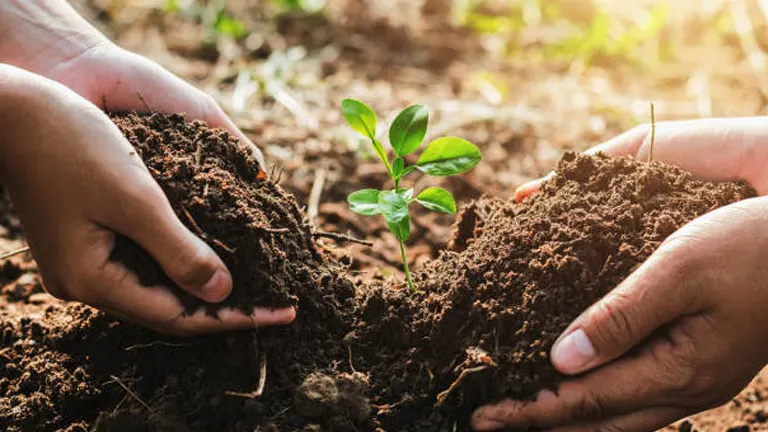
In this guide, we’ll explore the ideal times for planting seeds in the spring, helping you to maximize your garden’s yield and beauty. From frost dates to soil temperatures, learn all the crucial factors that ensure your planting efforts thrive. Join us as we dig into the essentials of perfect spring planting timing!
Table of Contents
- Understanding Planting Seasons
- Optimal Planting Times for Key Vegetables and Flowers
- Techniques to Determine if You’re Too Late
- How to Catch Up if You’re Behind
- Planning Ahead for Next Year
- Conclusion
- FAQs
Understanding Planting Seasons
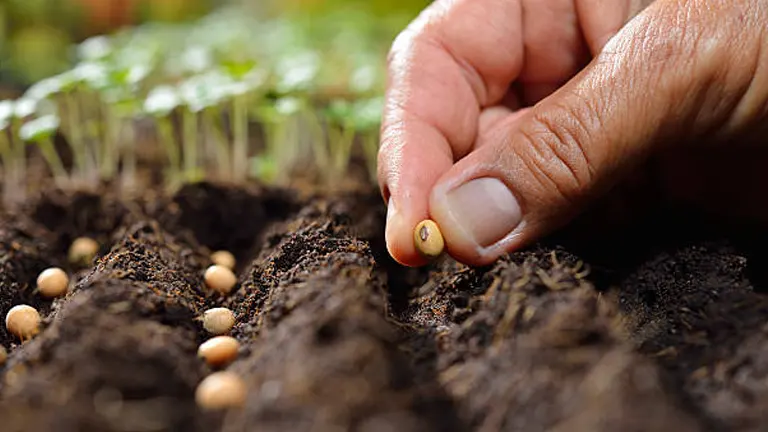
Successful gardening begins with understanding the rhythm of the seasons. Each geographic location has specific climate patterns and frost dates that dictate the best planting times. Here’s how you can align your gardening schedule with the seasons:
- Know Your Climate Zone: The United States is divided into various hardiness zones. Each zone has distinct climate features that influence growing periods. Identify your zone by checking the USDA Plant Hardiness Zone Map or consulting with local nurseries.
- Frost Dates: The key to timing your planting is knowing the last expected frost date in spring. Planting before this date can expose seeds to frost, which can inhibit germination or kill young seedlings. Many online resources and gardening apps provide localized frost date information.
- Seasonal Temperature: Besides frost dates, understanding the soil temperature needed for your chosen seeds to germinate is vital. Most seeds have specific temperature requirements that must be met for successful growth. Cool-season vegetables like lettuce and peas can germinate in cooler soil, while warm-season plants like tomatoes and peppers need warmer soil.
Starting Basics for Seeds
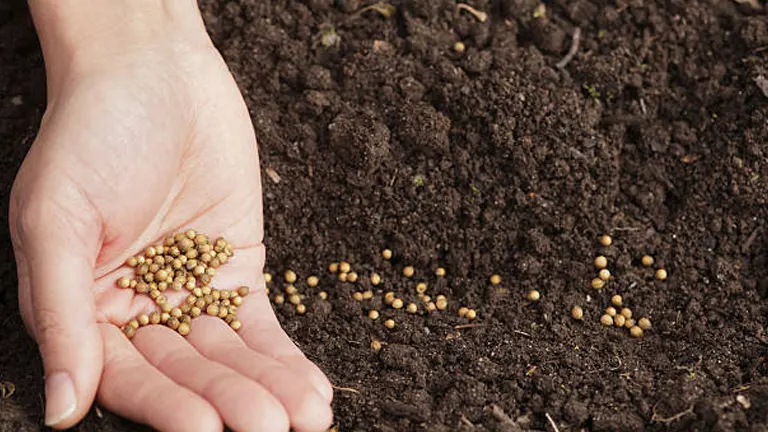
Starting seeds successfully requires a basic understanding of the needs of different seeds and how to meet them effectively. Here’s what you need to get started:
- Seed Selection: Choose high-quality seeds from reputable sources. The seed packet usually provides essential information such as planting depth, spacing, and whether to start indoors or direct sow.
- Soil Preparation: Use a sterile, seed-starting mix that promotes good drainage and aeration. Compacted soil can inhibit root growth and reduce germination rates. Ensure the soil is moist but not waterlogged.
- Temperature Control: Maintain the soil at the optimal temperature for the type of seed you are planting. Heat mats can be used to warm soil, especially important for warmth-loving seeds like tomatoes and peppers.
- Light Requirements: Once sprouted, seedlings need plenty of light to prevent them from becoming leggy. A sunny south-facing window or artificial grow lights can provide sufficient light.
Optimal Planting Times for Key Vegetables and Flowers
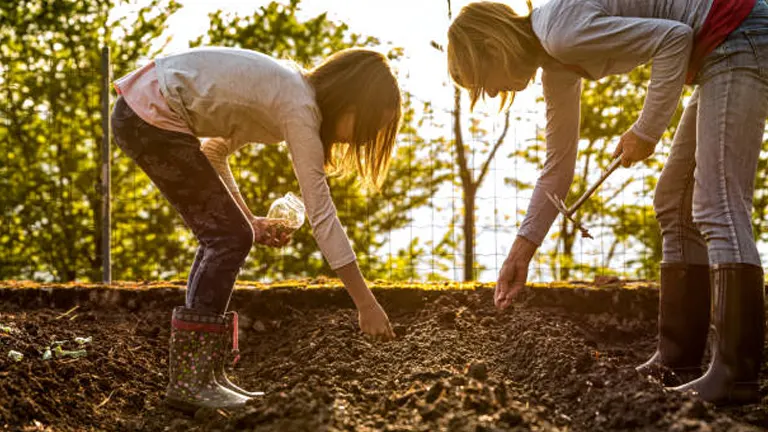
Timing your seed starts appropriately ensures that your plants have the best chance to thrive. Here’s a guide to help you determine the best planting times for some common garden plants:
- Vegetables:
- Lettuce: Start indoors 4-6 weeks before the last frost. Lettuce prefers cooler temperatures, making it ideal for early spring planting.
- Tomatoes: Start indoors 5-7 weeks before the last frost. They need warm soil to germinate and should not be moved outside until the night temperatures stay consistently above 50°F.
- Peppers: Similar to tomatoes, start indoors 6-8 weeks before the last frost and transplant when the weather warms up.
- Flowers:
- Marigolds: Start indoors about 6 weeks before the last frost. They germinate quickly and can tolerate being transplanted as young seedlings.
- Sunflowers: Direct sow after the last frost as they are sensitive to root disturbance. They prefer warm soil and direct sunlight.
- Pansies: These can be started indoors 10-12 weeks before the last frost. They are hardy and can be transplanted as soon as the soil can be worked.
Techniques to Determine if You’re Too Late
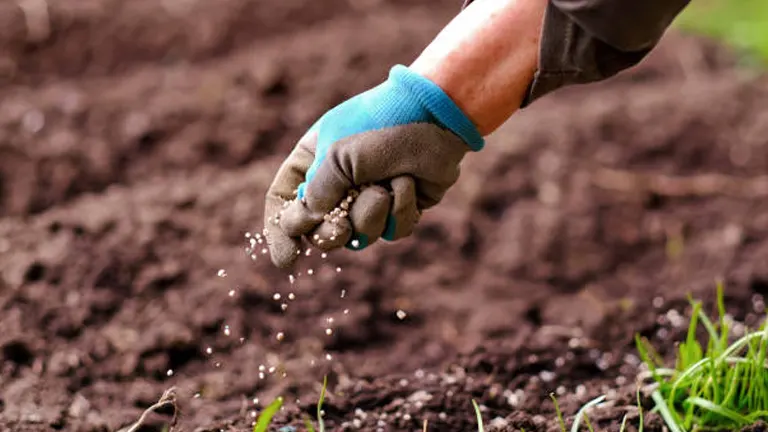
Recognizing whether you’ve started your seeds too late is key to adjusting your approach for better outcomes. If the ideal planting window has passed, you may notice that seedlings are considerably less developed compared to typical growth stages at this time of year. Another clear indicator is the status of plants in your neighborhood or local nurseries; if they are already selling mature plants, it’s a sign that your seeds should have been in the ground earlier.
Additionally, the local environment offers clues—budding trees, blooming flowers, and the appearance of certain insects all suggest specific growth phases in the natural cycle. If these signs are advanced relative to the state of your seedlings, you might need to modify your planting strategy.
How to Catch Up if You’re Behind
Catching up on planting isn’t just about rushing; it’s about smart adjustments to ensure your plants can thrive despite a late start. Here are some methods to help speed up the process:
Accelerate Germination
Soaking seeds in water overnight before planting can reduce germination time significantly. This is particularly effective for larger seeds or those with harder shells, such as peas and beans.
Adjust Planting Techniques
Consider using biodegradable pots that can be planted directly into the soil to avoid disturbing the roots during transplant. This method is especially beneficial for sensitive seedlings and can help them establish more quickly in the garden.
Utilize Growth Enhancers
Applying a starter fertilizer specifically designed for seedlings can provide essential nutrients that promote faster growth and development. Ensure the product is suitable for young plants to avoid over-fertilization, which can be detrimental.
Protective Measures
If cooler temperatures are still a risk, employ floating row covers to protect young plants from unexpected frosts. These covers can also help to warm the soil, encouraging faster growth.
Planning Ahead for Next Year
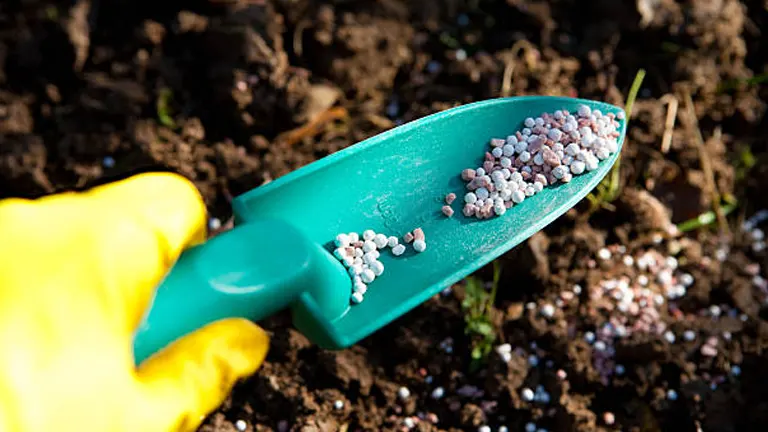
Proper planning is essential to avoid the pitfalls of late seed starting and to capitalize on the lessons learned from the current gardening season. Keeping a detailed garden journal is your best tool for success. In this journal, record the types of seeds you plant, their germination rates, growth progress, any pest invasions, and the weather conditions throughout the season. This information becomes a personalized guide, helping you to adjust your planting strategy for the following year based on concrete data.
At the end of each season, take the time to review your journal. Assess which plants thrived and which did not, and consider how environmental factors or timing may have affected their performance. This reflective process is key to evolving and enhancing your gardening techniques.
Additional Steps for Future Planning:
- Order Seeds Early: Secure your seeds well in advance to avoid last-minute purchases which might not align with your garden planning. Early orders also ensure you get the best selection possible.
- Adjust Timelines: Based on this year’s observations, adjust your seed starting and planting timelines. Perhaps starting some seeds indoors could mitigate late frosts or other weather-related setbacks.
- Resource Investment: Invest in quality gardening tools and resources like soil thermometers or upgraded grow lights. These tools can significantly improve your plant’s environment and growth potential.
By implementing these strategies, you can set your garden up for success and enjoy the benefits of well-timed and well-planned planting efforts.
Related Post
- How to Fertilize a Mango Tree Effectively: Tips and Tricks for Healthy Growth
- How to Fertilize Apple Trees: Essential Tips for a Bountiful Harvest
- How to Fertilize Lemon Trees: Secrets for Thriving Citrus
- How to Fertilize Avocado Tree: A Step-by-Step Guide for Lush Growth
- How to Fertilize Bougainvillea: A Complete Guide for Stunning Blooms
Conclusion
Reflecting on the optimal times for planting can significantly enhance the success of your garden. Whether you discovered you’ve been starting your seeds too late or right on schedule, the key is to apply the insights gained this season to improve future gardening efforts. Remember, every year brings new lessons; being adaptable and observant are traits of a successful gardener. With careful planning and timely execution, your garden can become a source of pride and joy, offering bountiful harvests and beautiful blooms.
FAQs
- What is the significance of the last frost date in seed starting?
The last frost date indicates when it is likely safe to plant outdoors without the risk of frost damaging the young plants. Starting seeds around this date ensures they have optimal growing conditions once transplanted outdoors. - How can I find out the last frost date for my area?
You can find the last frost date by checking with your local cooperative extension service, gardening clubs, or online gardening resources that use your zip code to provide localized information. - What should I do if I’ve missed the ideal seed starting time?
If you’re a little late, consider buying starter plants from a nursery to catch up. If only slightly behind, use techniques like soaking seeds to speed up germination and using grow lights to extend the daily amount of sunlight. - Can I still plant seeds if I missed the starting window by several weeks?
Yes, you can still plant seeds, but choose fast-growing varieties or those suitable for later seasons. Adjust care practices like using row covers to protect from unseasonably cool temperatures. - What tools can help me ensure I’m planting at the right time?
Utilize a soil thermometer to check soil temperature, which is crucial for germination. A planting calendar can also help schedule each plant type according to your specific region’s climate conditions. - How do I adjust my planting strategy for unexpected early warm weather?
Take advantage of the warm spell by starting seeds indoors to move out earlier than usual. Ensure you’re ready to protect them from potential late frosts with covers if the temperature drops again. - What are some indicators that my plants are suffering due to late planting?
Indicators include stunted growth, fewer flowers or fruits, and overall reduced vigor. Plants may also be more susceptible to pests and diseases due to the stress of unfavorable conditions. - How can keeping a garden journal help with seed starting?
A garden journal helps you track what planting strategies work best in your local area, including timing, plant varieties, and responses to weather conditions. This record is invaluable for refining your approach each year, ensuring better results over time.
Ready to dig in? With the right timing and a little preparation, your garden is set to thrive this spring. Start your seeds at the ideal time, watch them grow, and enjoy the harvest!

Benjamin Brooks
Forestry AuthorGreetings! I'm Benjamin Brooks, and my journey over the past 15 years has revolved around the fascinating realms of content creation, expertise in snow clearing, and the intricate world of lumberjacking and landscaping. What began as a simple curiosity about the natural world and heavy machinery has evolved into a passionate profession where my love for crafting words intertwines seamlessly with my lumberjacking and garden skills.

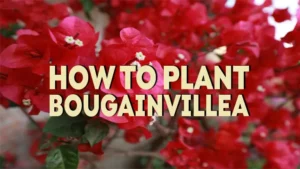
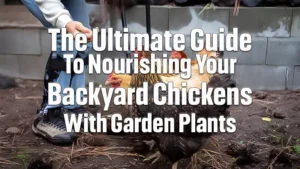







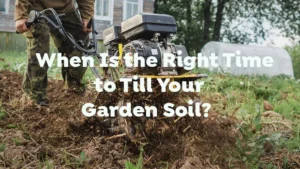
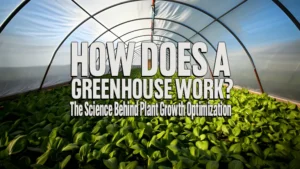
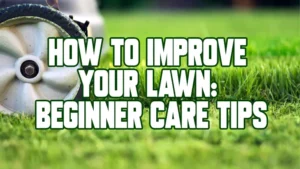
Leave your comment